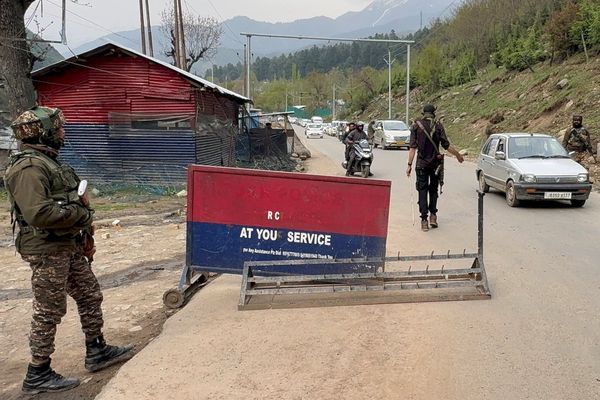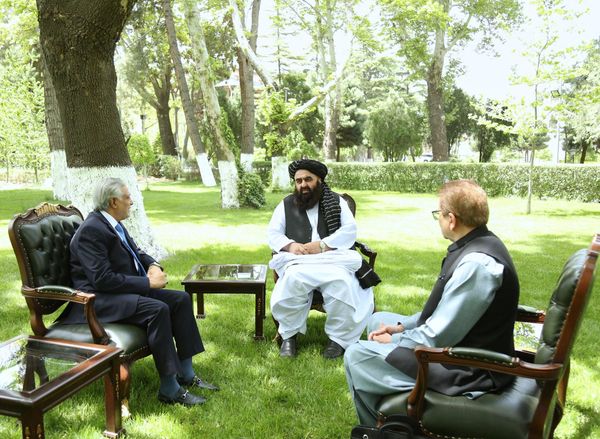
The Queensland government has identified 12 “renewable energy zones” across the state that will form the backbone of its $62bn plan to decarbonise its electricity supply.
In plans to be released on Tuesday, the Palaszczuk government says it wants wind, solar and pumped-hydro projects to be concentrated in these zones and connected to a “super grid” of renewable power, storage and transmission lines by 2035 – just 12 years from now.
Last year the state announced a target to generate 80% of its electricity from renewables by 2035 and to end its reliance on coal for power by the same year.
Queensland is Australia’s biggest emitter of greenhouse gases, accounting for almost a third of national emissions. Electricity generation makes up one-third of Queensland’s emissions.
Queensland’s minister for energy, renewables and hydrogen, Mick de Brenni, told the Guardian the new renewable energy zones would help secure community support for “the biggest economic transition project that Queensland has ever embarked upon”.
“Our nation needs Queensland to succeed,” he said. “There’s work to be done by governments to lead communities through a process and to develop that support for change.
“We want to establish Queensland’s transition as a best-practice case study for the nation.”
The 12 proposed zones are split into three regions. Southern Queensland is earmarked for five zones, with four in central Queensland and three in the north of the state.
About 22GW of new solar and wind projects will need to be connected by 2035 within the zones to meet its renewable targets, the government says.
The state currently has 16GW of electricity generation, including 8GW of coal and 3.6GW of utility-scale solar and wind.
By the end of the year, the Queensland government wants legislation put in place to allow the energy minister to designate the renewable energy zones. The government’s draft Renewable Energy Zone Roadmap sets out how the state will coordinate the massive effort, including establishing local consultation groups, expert panels and dedicated assessments of the potential for projects and jobs in each zone. It will be released for consultation on Tuesday.
“This hasn’t been done anywhere else to this level of sophistication,” said de Brenni. “The transition in Australia is 10 years behind where it needs to be.
“We’re taking deliberate steps to make sure we can meet our targets and our global obligations on time. This takes us from targets and concepts to real lines on maps and real projects, real contracts and real workers.”
In the state’s far north, concerns have been raised about windfarm developments in environmentally significant areas.
De Brenni said concentrating the renewable energy boom to 12 areas would reduce the risk of misplaced projects and “bring a level of accountability to workers, the community and the environment”.
De Brenni claimed environmentalists could “take comfort” that the government’s approach would minimise “the overall transition’s footprint”.
He said the renewable energy zones would signal to industry “that we’re serious about renewable energy and they need to get on board”.
David Copeman, the director of the Queensland Conservation Council, said the new roadmap “must rapidly turn into the plans we need to speed up the construction of new renewables, to bring down both emissions and electricity prices, and protect threatened species habitat”.
He said: “It’s essential that traditional owners and communities are involved in designing their own energy future and protecting our biodiversity and rich cultural heritage.”
Alison Smith, chief executive of the Local Government Association of Queensland, said if communities were hosting major renewable energy generation, “it’s only right that they benefit from their fair share of the economic and social benefits that will come from these large-scale projects.
“But that means locking in social licence with upfront, detailed guarantees of improved liveability in these areas, not to their detriment, damage or destruction for the benefit of proponents.”
The renewable energy zone consultation will close on 22 September.







